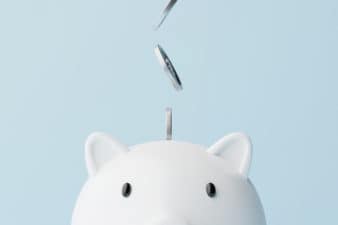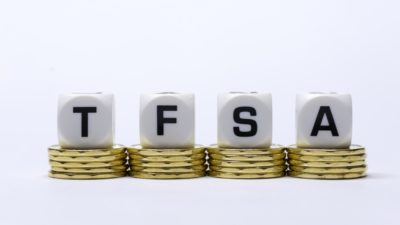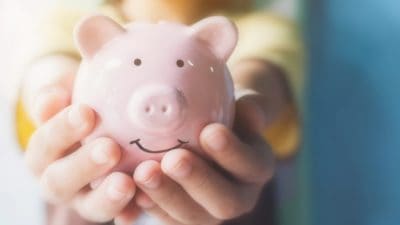The Canada Emergency Response Benefit (CERB) pays Canadians $2,000/month if they’ve been impacted by the COVID-19 pandemic. But in some cases, opponents of the CERB payments say that it’s doing more harm than good. For some Canadians, they’re collecting more money from the CERB than if they were at work. And even for those who make more, there may not be enough of an incentive to work a full-time job to make a little bit more than what they’d get from the CERB.
It can be a challenge for employers to hire back staff and get people back to work. In essence, it can make the situation worse, not better, if people stay at home rather than return to their jobs.
However, if you’ve been laid off and are currently collecting CERB payments, there’s one thing you want to be careful not to do; otherwise, you may have to pay the Canada Revenue Agency (CRA) back.
Refusing to go back to work could make you ineligible for the CERB
If your employer were to offer you your job back after being laid off and you rejected it, that could impact your CERB eligibility. If someone is voluntarily choosing not to work, then they wouldn’t technically qualify for the CERB. Your employer could interpret that as a resignation. And since everything’s tracked through your social insurance number, it wouldn’t be all that difficult for the government to find out if someone’s left their job and are receiving CERB payments at the same time.
You can still earn an income and collect CERB payments, but it cannot exceed $1,000 during an eligibility period.
The consequences of outright refusing to go back to work could be costly. Not only are CERB payments taxable, but you could find yourself paying back the payments in their entirety during any periods where you were ineligible. Although the CRA may not contact you right away, you could receive a phone call if they’ve found you were ineligible at a later date.
If you’ve got extra CERB money, invest it!
For individuals who are getting more from the CERB than they were from their regular jobs, a good option may be to invest some of that excess cash. There are many stocks you can buy that pay a dividend. And that can generate recurring cash flow for you. For instance, if you were to invest a $2,000 CERB payment into a top dividend stock like Emera, you could earn about $89 a year in income every year. Inside of a Tax-Free Savings Account, that would also be income that isn’t taxable.
Utility company Emera is a safe stock to invest in and that currently pays its shareholders a quarterly dividend of $0.6125. If you were to buy the stock at around $55, then you’d be earning a dividend yield of 4.5%. That’s a better payout than you’ll earn at your local bank, and Emera has also increased its dividend payments over the years. While you could make $89 this year, that amount would likely increase in future years.
And the more shares you buy of Emera or another dividend stock, the more income that you can earn. Setting aside some of your CERB payment to invest in a dividend stock can be a great way to slowly build your savings.








